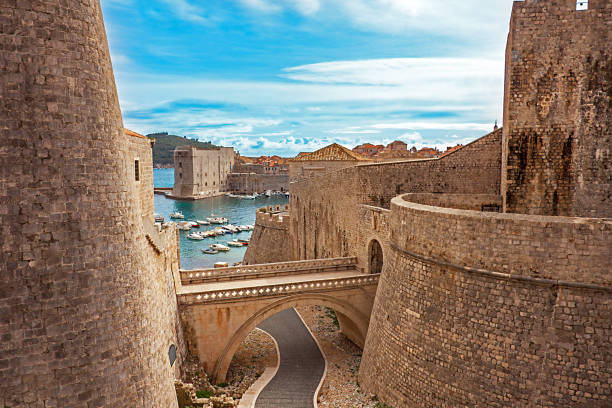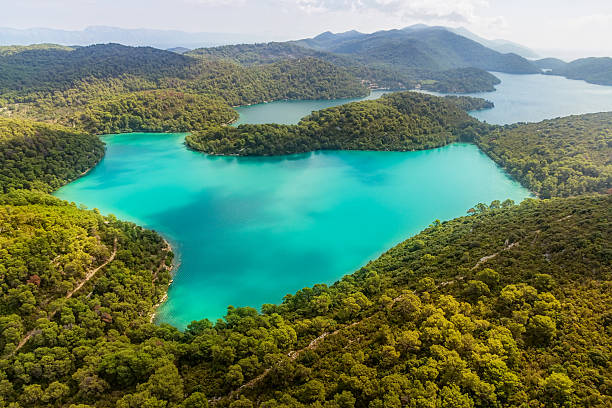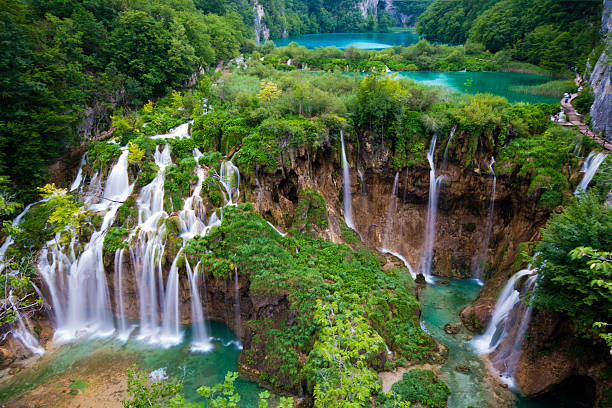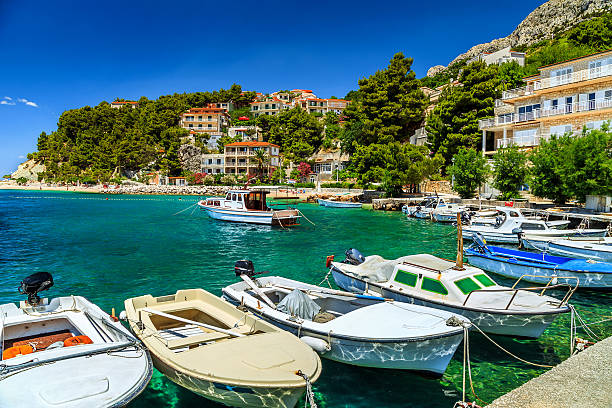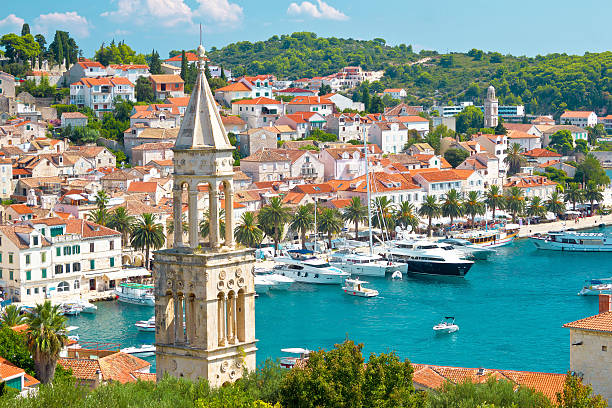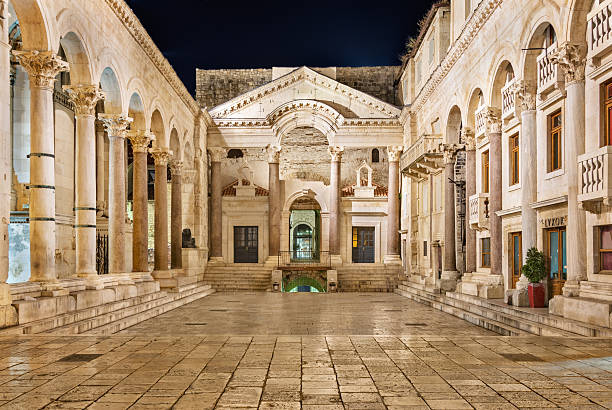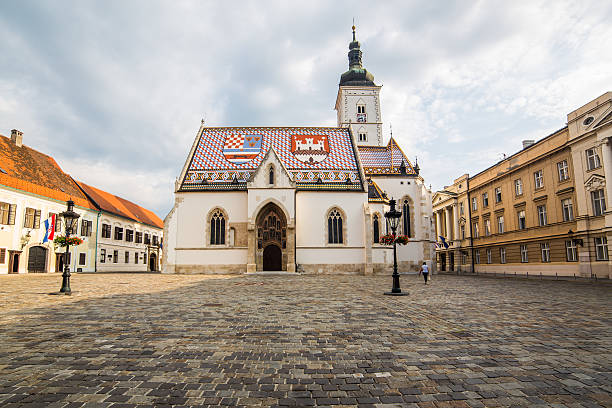- Capital: Zagreb
- Form of Government: Parliamentary Democracy
- Area: 56,594 km2
- Religion: Christianity 91.6%
- Phone number: +385
- Language: Croatian
- Time difference: +1
- Population: 4,284,899 (2021)
- Currency: Kuna (HRK)
Mean airports in Croatia: Zagreb Airport, Split Airport, Dubrovnik Airport, Zadar Airport.
From Helsinki, you can get direct flights to Split and Dubrovnik with Norwegian and Finn air.
Ferries are cheap, and run regularly to coastal towns. They are probably the best way to see the beautiful Croatian islands in the Adriatic.
Jadro line is the largest passenger shipping company in Croatia, offering the most international and national ferry connections.
 International trains: Cities like Vienna, Budapest and Munich have direct train connections to Zagreb and other Croatian cities. Although train services may be less frequent and slower than buses or flights, they offer a scenic approach to the country.
International trains: Cities like Vienna, Budapest and Munich have direct train connections to Zagreb and other Croatian cities. Although train services may be less frequent and slower than buses or flights, they offer a scenic approach to the country.
Domestic trains: Croatia’s train network connects major inland cities, but is less useful for reaching coastal cities and islands. Buses are usually a better option for exploring the coast and islands.
 Croatia’s bus network is extensive and connects almost every part of the country, including smaller towns and villages, making it one of the most flexible and convenient ways to explore Croatia.International buses run between Croatia and many European countries, offering an economical way to travel. Buses are a popular option for those arriving in Croatia from nearby countries.
Croatia’s bus network is extensive and connects almost every part of the country, including smaller towns and villages, making it one of the most flexible and convenient ways to explore Croatia.International buses run between Croatia and many European countries, offering an economical way to travel. Buses are a popular option for those arriving in Croatia from nearby countries.
![]()
Embassy of Finland, Zagreb Address: Miramarska 23, HR-10000 Zagreb – Tel: +385 1 6312 080 Email: sanomat.zag@formin.fi – Website: www.finland.hr





